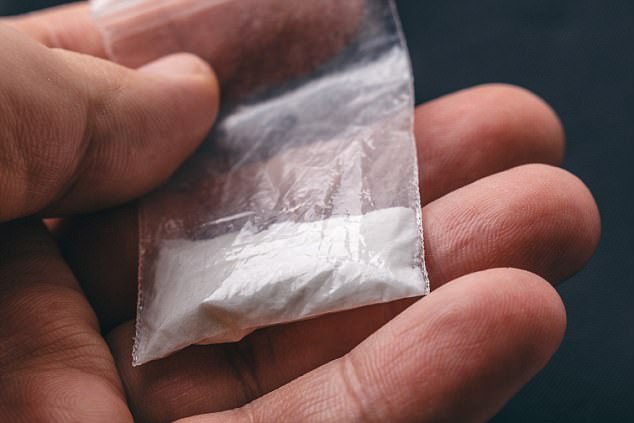
The Drug Enforcement Administration (DEA) has taken action against a dangerous designer synthetic cathinone linked to 151 overdose deaths in the United States between 2015 and 2018.
N-Ethylpentylone is a substituted cathinone and stimulant drug which was developed in the 1960s.
It has been reported as a novel designer drug in several countries including South Africa, New Zealand, the United States, and Australia, and has been linked to a number of overdose deaths and mass-casualty incidents.
N-Ethylpentylone is being illegally sold as the street drug ‘Ectasy’ or MDMA and is extremely dangerous, as N-Ethylpentylone is significantly more potent than MDMA and therefore very easy to overdose.
A common dose for MDMA is approximately 100 milligrams, whereas a dose for N-Ethylpentylone can be as little as 30 milligrams.
N-ethylpentylone in pill and crystal form found at #Boardmasters2018. These are potentially lethal. Looks and smells similar to MDMA. V long-lasting stimulant that can last for days and cause psychosis. Seek medical attention immediately if unwell. pic.twitter.com/eBQK3PR9pP
— The Loop (@WeAreTheLoopUK) August 12, 2018
Published in the Federal Register, DEA’s recent action puts N-Ethylpentylone into Schedule I of the Controlled Substances Act.
Schedule I substances refer to those with no legitimate, accepted medical or industrial use in the U.S.

This action is based on a finding by the DEA Acting Administrator Uttam Dhillon that the placement of N-ethylpentylone in Schedule I is necessary to avoid an imminent hazard to the public safety.
DEA published its Notice of Intent to take this action in June 2018.
This temporary scheduling action lasts for 24 months, with an additional 12 months if necessary to conduct the necessary research to determine whether it should be controlled permanently.
This research will include an eight-factor analysis conducted by DEA and the Department of Health and Human Services.
We tested a gram of n-ethyl pentylone @Parklifefest yesterday – looks & smells same as MDMA crystal. Relieved this user didn’t take it. Take care & seek medical attention if unwell. #JustSayKnow #TimeToTest pic.twitter.com/mWVkPHvhPQ
— The Loop (@WeAreTheLoopUK) June 10, 2018

















